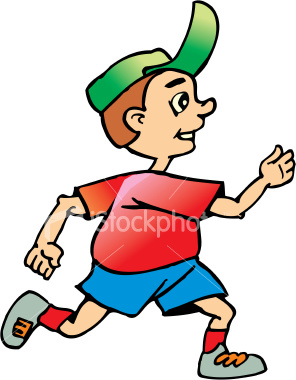Questions for Dangerous Dan
Background on Cells
- Every living thing on Earth is made up of what?
Cells
- Who discovered the cell?
Robert Hooke
- What year was the cell discovered?
1665
- Cells are the building blocks for what?
Plants and animals
- What is the cell theory?
- What are membranes?
- Choose the best definition of an organelle:
- Does an animal cell have a cell membrane?
Yes
Parts/Functions of a Cell
- Where is the cell membrane located?
Surrounds the cell
- What is the purpose of the cell membrane?
Gives the cell support and allows substances in and out
- What is the gel-like fluid found inside a cell?
Cytoplasm
- The “Power House” of a cell is:
Mitochondria
- If Dan was to go inside the Mitochondria would he have to pass through one or two membranes?
Two
- The Mitochondria functions similar to what system found in Dan’s body?
Digestive system
- The purpose of the Mitochondria is to….
Break down food molecules so the cell has energy to live
- The process of creating cell energy is known as
Cellular respiration
- If Dan was to enter the Mitochondria he would be surrounded by fluid called:
The Matrix
- Where in the cell can oxygen and food molecules be combined?
Mitochondria
- True or False: cell walls are made of cellulose.
True
- Do animal cells have cell walls?
No
- What is the purpose of the cell wall?
Helps a plant keep its shape,
- Dan’s skeleton hold him up. What holds a 100foot tall redwood tree?
Cell walls
- Are there small holes in the cell wall?
Yes
- True or False: The liquid inside the nucleus is called cytoplasm.
False it is called Nucleoplasm
- Nucleoplasm holds what two parts of the nucleus?
Chromatin and Nucleolus
- In comparison to a Dan’s body what is the nucleus similar to?
The brain
- What is the fluid called that fills cells?
Cytoplasm
- What is the nuclear membrane similar to when comparing it to the entire cell?
The cell wall
- What is aloud in and out of the pores of the nucleus?
RNA and proteins
- What is the nucleolus made of?
RNA and proteins
- What are chromosomes made up of?
DNA
- How many pairs of chromosomes does the average human have?
23
- Cells with two complete sets of chromosomes are called___________.
Diploids
- What are the organelles called that help with cell division?
Centrioles
- What are the two dividing processes in a cell called?
Mitosis and meiosis
- During division, you may see groups of threads attached to the centrioles. What are these threads called?
Mitotic spindle
- In comparison to a Dan’s body what is the nucleus similar to?
The brain
- What is the fluid called that fills cells?
Cytoplasm
- What is the nuclear membrane similar to when comparing it to the entire cell?
The cell wall
- What is aloud in and out of the pores of the nucleus?
RNA and proteins
- What is the nucleolus made of?
RNA and proteins
- What are chromosomes made up of?
DNA
- How many pairs of chromosomes does the average human have?
23
- Cells with two complete sets of chromosomes are called___________.
Diploids
- What are the organelles called that help with cell division?
Centrioles
- What are the two dividing processes in a cell called?
Mitosis and meiosis
- During division, you may see groups of threads attached to the centrioles. What are these threads called?
Mitotic spindle
- When the cell is not dividing would you clearly see the centrioles?
No
- What is the condensed and darker area of the cytoplasm called?
Centrosome
- What is the period of time where the cell is at rest called?
Interphase
- The centrioles move to opposite ends of the nucleus and a mitotic spindle of threads begin to appear. This phase is called what?
Prophase
- The cell begins to split and the chromosomes begin to unravel and new nuclear envelopes begin to appear. This phase is called what?
Anaphase
- _____________ are the protein builders of the protein synthesizers of the cell.
Ribosomes
- Ribosomes can be found where in the cell?
Floating in the cytoplasm, endoplasmic reticulum (ER)
- What part of the cell is often referred to as a power house?
Mitochondria
- The process of creating cell energy is known as what?
Cellular respiration
- True or False: Mitochondria are very large organelles.
False
- How many membrane(s) do mitochondria have?
Two
- What is the fluid inside of the mitochondria is called?
Matrix
- The food producers of the cell are called what (hint: they are only found in plant cells)?
Chloroplasts
- Chlorophyll uses what to create sugar?
The sunlight
- What is the process that chloroplasts use to make sugar and starches?
Photosynthesis
 | Go back to the Lesson Plan |
 | Go back to the homepage to start the adventure over again. |